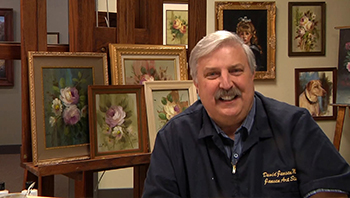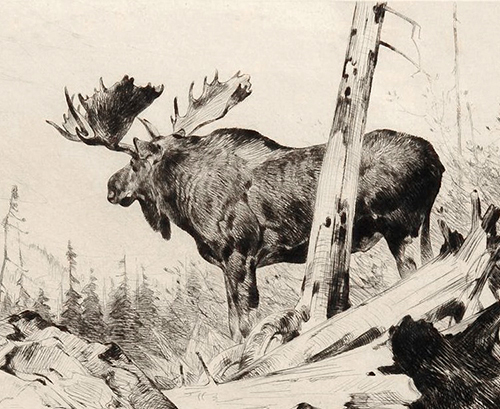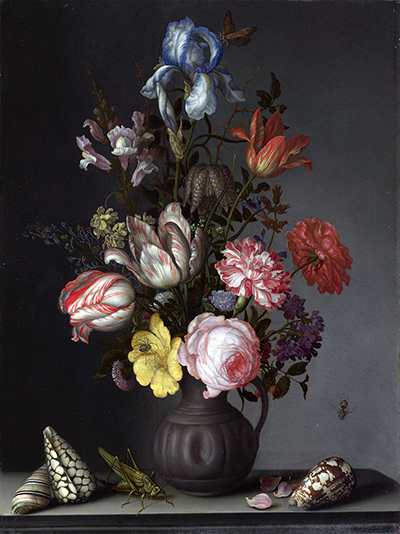At some point, every artist desires to create their own look. This is natural creative growth and progresses the arts. We start as students but over time we become ready for more. You're not alone. The question is- how do you do it?
A Note from David
I have been thinking and thinking about the "Art of Seeing." For months I have been pulling together references: portraits, landscapes, florals, wildlife paintings, and more. I have watched so many of you grow, and I want to push you toward new things. I want to help you learn to "See."
Study the Master Artists
In true master paintings, the overall effect hides the techniques used. Uncovering the methods and learning to see those techniques, increases our understanding and appreciation of the arts. To establish your style, clearly identify the important elements and interpret the techniques in your own way.
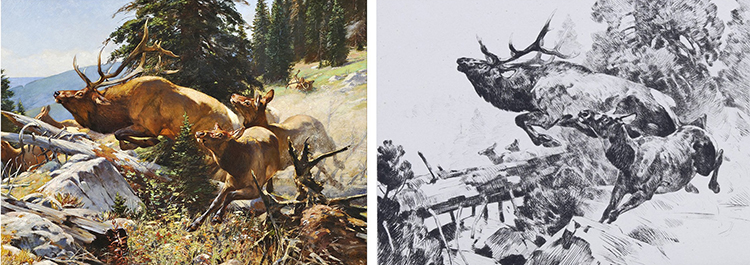 Carl Rungius Stampede (1892) Carl Rungius Stampede (1892) |
| Last summer, I went to the National Museum of Wildlife Art to see the works of Carl Rungius up close. Here is his sketch compared to the final painting. Notice how the adjustments he made to the original design idea. Understanding why he made those changes is key to the Art of Seeing. His use of calligraphy, tone, and structure are crucial to the story. Rungius had a vast knowledge of atmospheric depth and detail. Rungius stated that an artist must go outside and paint each week, or else the paintings will become too warm. You need to see the "silvery colors" of nature. |
|
|
|
One of our goals is to see the planes of light through a line sketch. Sketching is a powerful tool for planning a painting. Many masters create preliminary drawings with short lines rather than soft shading. Small lines depict the planes and edges of tonal changes. Every angle change in a line equals a plane change on the object. Every plane change equals a change of color tone. Setting the planes of light clearly in a sketch helps you plan your brush marks. Look closely at the vertical tree in front of the moose. There are small, thin lines across the plane of the tree which suggest the roundness of the trunk. In contrast, the main design lines indicate the vertical power of the tree. These lines determine how you are going to paint that tree. Most of the brush calligraphy can be established with vertical lines. Then use a few crossing marks to show the roundness of the tree. Student Question: David: With alla prima techniques, we create small strikes of color rather than long strokes. To paint a tree, the artist marks across the tree to show roundness and uses longer marks to create the vertical of the tree. Most of the curved lines you see are an optical illusion. They are small lines put together. |
Observe Nature
Every morning I study light while walking along the prairie. The early morning light is the best for watching temperatures and shadows. I take lots of photos to help me see the colors in the landscape, and I marvel at the amazing winter skies. I often stop on the walk and just look thinking, "how can I capture that with my brush?" Look at the variety of colors in the sky- it is not just blue. See the warm and cool tones of the prairie grass? This study is not just for landscapes. The visual information, the quality of light, dramatically affects all my paintings. I so enjoy this early morning study time!
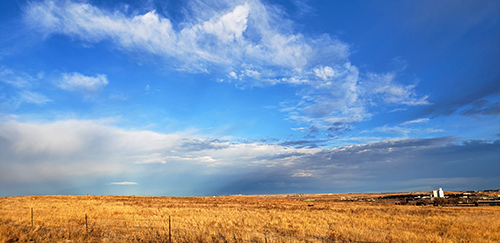 Cheyenne County, Nebraska Cheyenne County, Nebraska |
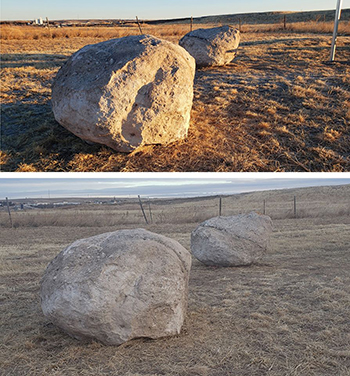 Bright Warm Morning Bright Warm Morning vs Cloudy Grey Morning |
|
Light is key to an exciting painting. Sometimes it is easier to study light movement on a round subject, such as a rock, and then apply it to a floral composition. Notice the difference between the light warm colors and the cooler shadow side of the rock. Do you see the color differences between the first rock and second rock? They are only about 8 feet from each other. Here is my morning rock on a cloudy morning compared to a bright warm morning at the same time of day. On a clear day, the front rock is almost violet in the left side form shadows. The soft diffused colors of a grey day show what clouds can do to light. |
|
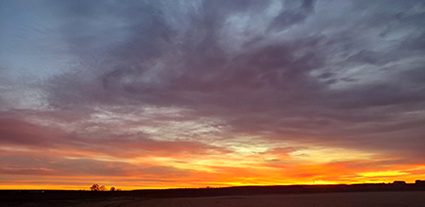 Sunrise in Sidney, Nebraska Sunrise in Sidney, Nebraska |
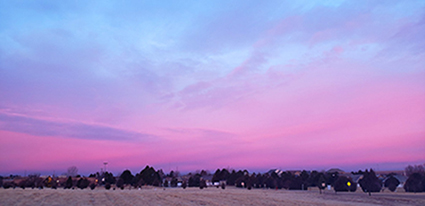 Sunrise in Sidney, Nebraska Sunrise in Sidney, Nebraska |
||
|
Student Question: David: |
|||
 |
|||
|
|||
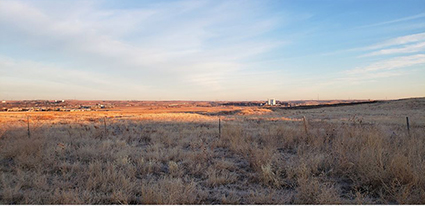 Morning Light in Nebraska Morning Light in Nebraska |
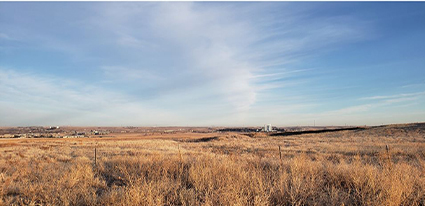 Morning Light in Nebraska Morning Light in Nebraska |
|
These photos were taken 10 minutes apart. See the vast difference in the warm/cool tones? Notice the change of the blue in the sky. Colors change, temperatures change, shadows change. Everything we paint depends on the light. Throughout this new class, one of the main goals is understanding the path of light in landscapes, still lifes, florals, and portraits. Light controls the colors, contrast, and mood of your composition. As artists, we must respect the light and use it effectively in our work. It is King! |
|
Join the Conversation
 |
|
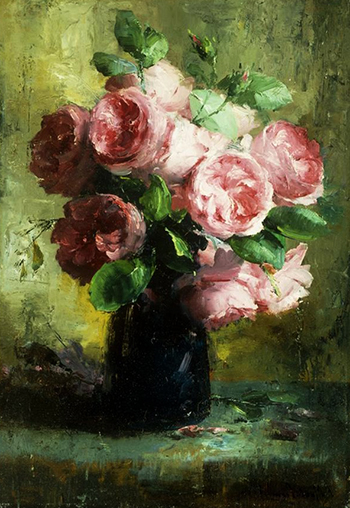 Frans Mortelmans Pink Roses in a Vase (1865-1936) Frans Mortelmans Pink Roses in a Vase (1865-1936) |
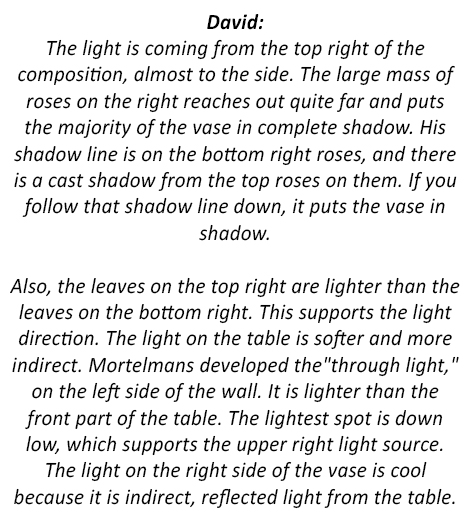 |
 |
|
Advance Your Technique
| Learn painting techniques that will build your confidence and strengthen your brush. | ||
|
Broken Color |
Half Tone Control |
Movement Strokes |
Learn to Design
In 2007, David documented 20+ years worth of design lectures in the video series The Art of Design. This 9 part, 18-hour video series covers a range of topics such as: historical periods, formal vs informal compositions, accent areas, weight & balance, as well as designing for furniture surfaces. Features a printable pdf of design elements.
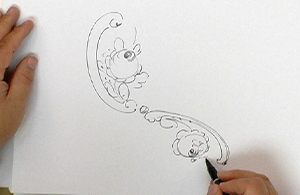 |
 |
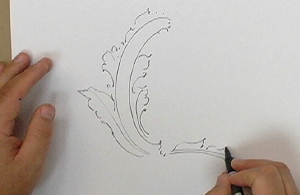 |
| Included with Class Registration Download Your Copy of this Foundation Series A $200 Value |
||
After painting in the family business for 18 years, David set out to discover his inner artist and create his own style. His extensive training in brush control had transformed into habits, and he searched for a new way to create. After years of studying genres, masters and their techniques, and most importantly, how to break painting habits, David noticed consistent visual elements in beautiful works of art. He found that artists expressed these elements in varying degrees, and this was the foundation of personal style. It can be learned, and habits can be broken. Learning to see and understand the visual psychology of art is the key. What are you really seeing?
For the past few years, David has been encouraging his painting friends to advance their skills. Find their styles and establish artistic looks. Now, he is ready to present these lessons to his online students. It will be challenging-these exercises are designed to make you think through the painting of an idea. But with each challenge comes new confidence in your abilities and confidence is crucial to developing a style. Come join our journey!
Subscription Plans
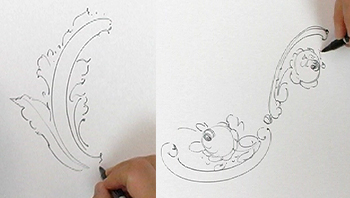
The Art of Seeing
Includes:
> 100 Hours of Video Lessons
> Printable Reference Photos & Patterns
| Duration: | Lifetime |
| Price: | $399.95 |
Need a Payment Plan? We got you covered!
Subscription Plans
The Art of Seeing 4 Part Payment Plan
Enrollment in this plan authorizes 4 charges to your account of $99.99
Total Class Price is $399.95
One charge occurs each month and is based on your signup date.
Need to use a coupon? Email us at This email address is being protected from spambots. You need JavaScript enabled to view it. to schedule a customized plan
Includes:
> 100 Hours of Video Lessons
> Printable Reference Photos & Patterns
| Trial duration: | Lifetime |
| Trial price: | $99.95 |
| Duration: | Lifetime |
| Price: | $99.95 |

